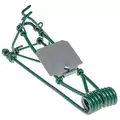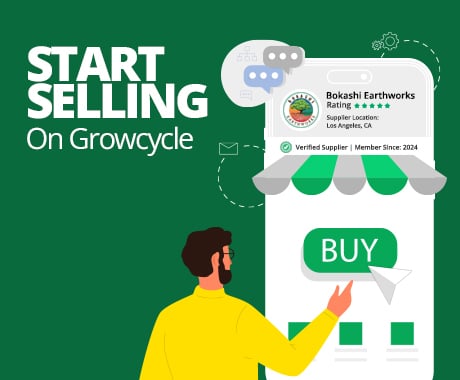Description
A good garden or landscape will depend on controlling pests and burrowing animals. Small mammals, such as gophers can damage roots and tunnels, and insects can feed on leaves, flowers and fruit. Incorporating mechanical means and natural products yields a more balanced strategy to care for plants whilst being environmentally safe.
Mechanical Control
The Macabee Gopher Trap consists of two powerful spring‑steel jaws. When set in an active tunnel, it closes firmly on the gopher as it moves soil. Homeowners and professionals have been using this trap for over 100 years because it works without bait yielding near 100% capture rates allowing users to catch gophers on their first night and is not affected by soil conditions.
Here is a brief rundown on why this trap is so dependable:
- Durable Steel Springs: Made of high-carbon steel, springs remain strong without deformation after repeated use.
- Easy to Set by Hand: The Trap is easily and safely set by hand.
- Flexible Placement: It fits side tunnels or main runs by itself or back‑to‑back for double coverage.
Here are simple instructions to get the trap performing at its best:
- Find Active Tunnels: Seek out freshly formed mounds and probe gently to find the main run.
- Place the Trap Correctly: Set the jaws where it would travel, then cover them with a bit of soil.
- Check Often: Traps should be checked every day and set again if necessary.
- Stay Safe: Put on gloves and obey the instructions to avoid finger-pinching.
Botanical Control
The water‑soluble powder insecticide is neem with 6% azadirachtin. It kills insects on contact and is also a residual insect growth regulator. It dissolves in water, so it sprays easily and doesn’t leave behind a greasy residue.
Other major advantages, which will make it popular with both commercial organic growers and homeowners, include:
- No Oily Residue: Equipment is kept clean and leaves are free of oily residue.
- Plant‑Safe: It does not scorch foliage or interfere with photosynthesis as directed.
- Quick Uptake: Absorbed by leaves and roots, so it acts quickly and can be used up until the day of harvest.
- Multiple Ways to Apply: Use as a spray on leaves, dripped into soil, injected into trees, or run through irrigation systems.
This product promises to conform to standards for eco‑friendly gardening.
- OMRI Listed®: It is for use in organic gardening and approved for organic gardening.
- Broad Pest Control: It kills larvae, caterpillars, louse, and other insect pests.
Integrating Mechanical and Botanical Methods
Mechanical traps trap larger burrowing creatures such as gophers, whereas neem sprays kill small creeping insects on the foliage as well as soil. This IPM strategy minimizes the reliance on toxic chemicals ensuring a healthy and sustainable garden.
- Place gopher traps before plant growth to avoid harming the roots.
- Use neem insecticide upon seeing that bugs may have taken up residence on the plants and continue to use it as necessary to keep insects at bay.
Best Practices for Safe Use
When guidelines are followed, performance and safety are assured.
- Make sure to follow the manufacturers instructions and safety guidelines.
- Test that sprayers are calibrated to the right flow before applying neem products.
- Monitor to determine where traps are placed and when sprays are applied so that success can be measured.
- Check plants and trap openings weekly to capture any problems early.
Environmental and Health Benefits
These tools protect beneficial wildlife and the wider ecology.
- There are no chemical residues left from trapping, and neem quickly degrades in the sunlight and soil.
- Used properly, neem does little damage to bees and other beneficial insects.
- Avoiding harsh insecticides helps maintain microscopic life in the ground.
Reviews
No reviews found




